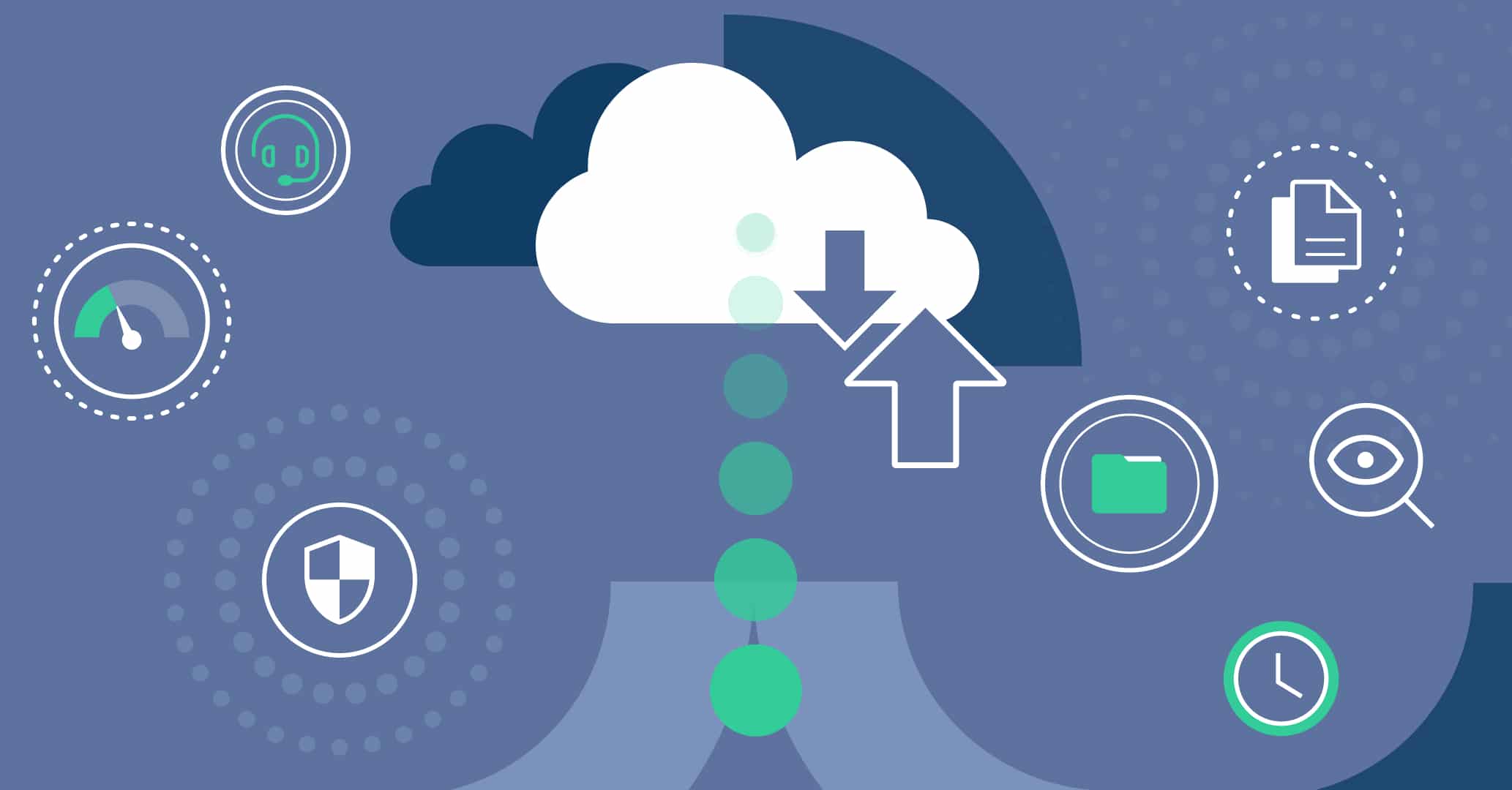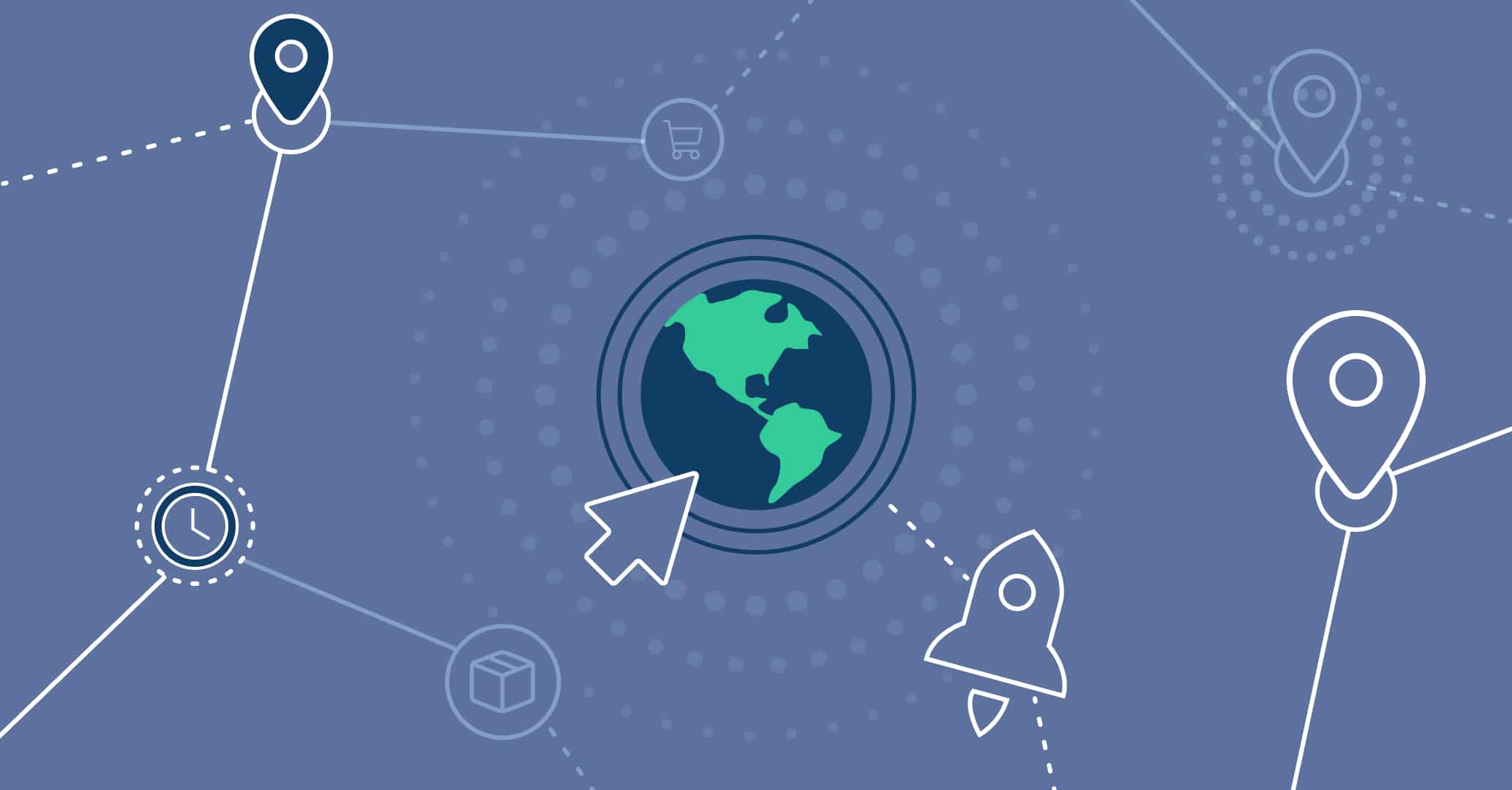- 1. Introduction
- 2. What is the onboarding process, and how can it be automated?
-
3.
How to automate the onboarding process?
- 3.1. Step 1. Finalize your onboarding automation goals and processes
- 3.2. Step 2. Choose the HR Information System (HRIS)
- 3.3. Step 3. Streamline the pre-onboarding process
- 3.4. Step 4. Optimize training and development
- 3.5. Step 5. Paper to fillable digital forms
- 3.6. Step 6. Create a workflow
- 3.7. Step 7. Train the HR team
- 3.8. Step 8. Make revisions where necessary
- 4. Benefits of automating the onboarding process in organizations
- 5. Tips & tricks for process automation for onboarding
- 6. Conclusion
Introduction
The onboarding process has remained tedious and time-consuming for the HR team and new hires. Only 12% of employees believe their companies have an excellent onboarding process for new hires. Furthermore, employees with bad onboarding experience are twice as likely to look for new opportunities soon.
Looking at technological advancements, especially AI’s involvement in automating processes, why should the onboarding process be left untouched? It is time to leverage the advancements and automate the various stages of the onboarding process. This is exactly what we will cover in this article. Here, we will talk in detail about process automation for onboarding in organizations, including its steps, benefits, and best tips and tricks.
What is the onboarding process, and how can it be automated?
Onboarding is broadly defined as the process to familiarize the employee with the organization. The onboarding process begins when the offer is made to the employee and ends when the employee becomes one of the members of the organization.
However, the onboarding process varies from organization to organization. Some HR teams consider hiring paperwork as an onboarding process, while others consider the onboarding process until an employee becomes a productive member.
A typical onboarding process involves the following main stages:
- Sending an offer letter to the employee.
- Completing the hiring paperwork.
- Conducting orientation and introduction to company culture, vision, and principles.
- Setting up workstations and computer access.
- Training and skill development.
An excellent onboarding process should be comprehensive and not confined to fulfilling the legal paperwork. This is crucial because 93% of new employees believe the onboarding process is directly linked to their decision to stay in the company.
How to automate the onboarding process?
For decades, the onboarding process has remained a paper-based, time-consuming process. However, the trend is shifting now due to technological automation.
Today, there are tools and techniques to automate almost all stages of the onboarding process. For example, the HR team can create fillable PDF files that employees can fill and sign electronically. This reduces the time and money spent on printing and filling paper-based files.
Below are the general steps organizations can follow to automate the onboarding process:
Step 1. Finalize your onboarding automation goals and processes
The first step is to decide what are your onboarding automation goals. For instance, you may want to automate the paperwork and orientation activities but want to do training manually.
Once you have finalized automation goals, you must shortlist the onboarding activities you want to automate specific to your goal, such as paperwork, compliance, orientation, etc. This way, you will have a bigger picture of what are your objectives to achieve.
Step 2. Choose the HR Information System (HRIS)
Once you know what onboarding processes to automate, the next step is to choose the HR Information System (HRIS). An HRIS provides a central place to manage employee data and streamline most HR-related activities, such as sending emails, scheduling meetings, managing paperwork, tracking progress, etc. In short, HRIS automates many onboarding administrative tasks.
Step 3. Streamline the pre-onboarding process
There are often plenty of pre-onboarding activities for new hires, such as getting to know about company policies, work culture, and other important information. To automate these activities, you can use a Virtual Orientation Platform. These platforms efficiently handle pre-onboarding activities and deliver crucial resources to new hires with a few simple clicks.
Step 4. Optimize training and development
Once the basic onboarding process is completed, the next stage is to train the new hires. The best approach is to use a Learning Management System (LMS), as it provides a software solution to plan, implement, and monitor company-specific learning processes. This way, you can optimize the training and development stage, making it more convenient and effective for new hires.
Step 5. Paper to fillable digital forms
The onboarding process requires plenty of paperwork and documentation. However, there are now plenty of software solutions that can help to create fillable digital forms. These forms are easily fillable online and signed electronically. So, instead of printing new papers for every new hire, reduce the process to just sharing the same fillable file with all new hires.
Step 6. Create a workflow
Next, you should create a comprehensive workflow for the automated onboarding process. It will help the HR team and new hires to know about all the stages and activities of the onboarding process.
Qflow provides an ideal place to design the workflow within minutes. You can add notes, artifacts, and tags to craft comprehensive workflows. Besides that, it also allows you to specify the roles and responsibilities. In short, Qflow is a handy tool for creating a workflow and monitoring activities effectively.
Step 7. Train the HR team
By this step, you have successfully implemented process automation for onboarding. Now, it’s time to train the HR team to increase their expertise around new automated tools and optimized processes.
Step 8. Make revisions where necessary
It is common to face complications in the automated onboarding process, especially if the company is doing it for the first time with an inexperienced HR team. Therefore, keep track of the onboarding process to list what is working well and where the complications are. This way, your team can gradually optimize and have an efficient and automated onboarding process.
Benefits of automating the onboarding process in organizations
Onboarding process automation brings many benefits to organizations. Some of the key ones are as follows:
Time saving
When most time-consuming and tedious manual processes are automated, it saves time for both the HR team and new hires. As per report, the automated process reduced the onboarding time for new hires from 5+ days to 10 minutes. This way, both parties are able to utilize their time more efficiently and in more productive activities.
Increased retention rate
The onboarding process has a great influence on retaining employees. 70% of new hires decide if the job is the right fit for them within the first month. As mentioned above, employees with bad onboarding experience are twice as likely to look for new opportunities soon.
Therefore, the retention rate will increase significantly when new hires experience a taste of technology from the first day. In fact, 69% of employees are more likely to work with the company for three years if they experience a positive onboarding experience.
Increased productivity of new hires
When new employees go through a streamlined onboarding process and get all the apps, equipment, and resources from day 1, it leads to increased productivity and morale. As per one study, 77% of employees who received formal onboarding were able to meet their first performance goals easily.
Better understanding of roles and company policies
Process automation for onboarding also streamlines the training and knowledge-sharing aspects. New hires can access to all the essential information in one central place. This helps them get a better understanding of their roles and company policies.
Visible ROI
When an employee quits, the company has to bear the cost between 90-200% of the employee’s annual salary. Besides that, the lengthy and tedious manual onboarding process itself adds up expenses associated with administrative work, etc.
In contrast, an automated onboarding experience leads to a higher retention rate, timesaving, and productivity. All these factors eradicate many expenses and show visible cost-saving.
Increase engagement with new hires
New hires often have doubts and need guidance in many matters. However, when the HR team is busy with manual activities, they are unable to facilitate employees on time. In fact, 40% of employees show concern about late responses from the HR team.
With onboarding automation, the HR team can free up their time significantly. This gives them more time to interact with employees and resolve new hires’ queries quickly.
Tips & tricks for process automation for onboarding
Automating the onboarding process requires proper planning and a strategic approach for fruitful outcomes. Below, we have shortlisted a few recommended tips and tricks to make the journey more convenient and effective:
- Do not completely eradicate the human element, as 72% of employees consider 1:1 conversations with managers vital during onboarding.
- Create a checklist of all the stages of an onboarding process. This will serve as a resourceful guide for the HR team, new hires, and management, ensuring optimal automation.
- Set up a digital knowledge base so new hires can easily access key information about the company and role.
- Get feedback from the new hires about the onboarding experience and initial working experience to gain their confidence and address shortcomings.
It is not necessary that process automation for onboarding can work seamlessly from the start and deliver the expected results. It might need regular reviews and continuous updates to optimize the operations effectively.
Conclusion
20% of new hires leave within 45 days of employment. Although plenty of factors could make them leave, the onboarding experience is one of the dominant reasons. Moreover, technological advancements are urging organizations to eradicate the decades-old paper-based manual tasks and turn them into automated processes.
The above benefits further validate the necessity of process automation for onboarding. To wrap up, start strategic planning to automate your onboarding process and gradually improve the experience for the HR team and new hires.






